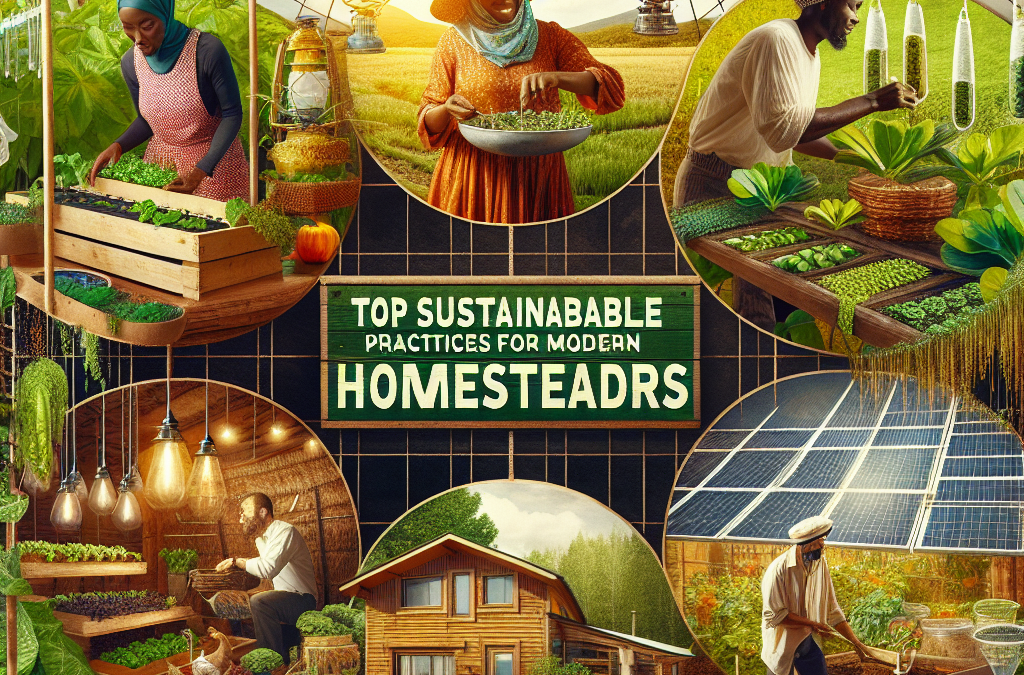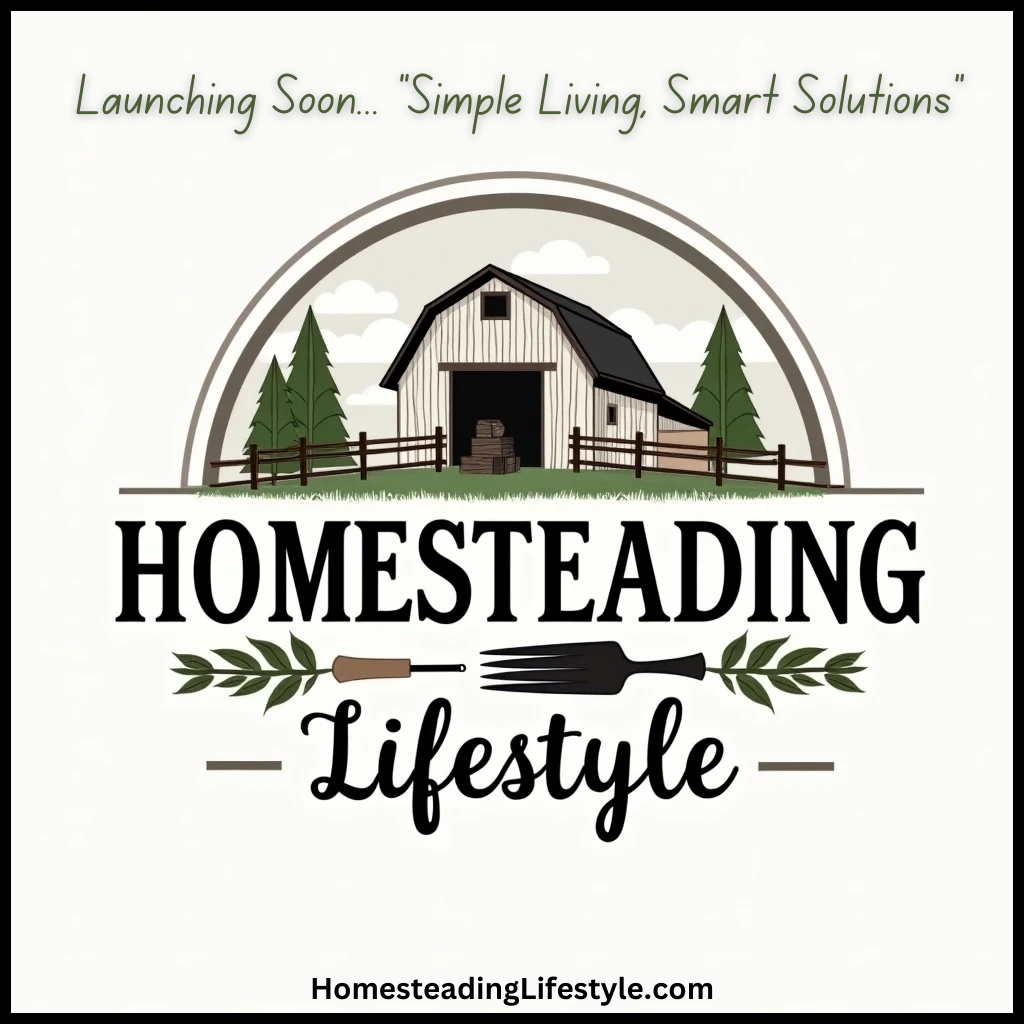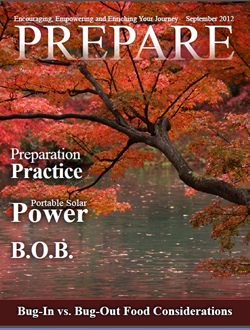Permaculture Principles
Understanding Permaculture
When I first dove into the world of homesteading, I was baffled by the term ‘permaculture.’ After a few thorough readings and hands-on experiences, I’ve come to appreciate how permaculture isn’t just a gardening method—it’s a holistic approach to living. It’s about designing your homestead to mimic natural ecosystems.
Permaculture encourages diversity and resilience. Instead of monoculture farming, it pushes for a harmonious blend of plants, trees, and animals. This creates a self-sustaining environment where everything complements each other. I started small—growing companion plants that help one another thrive.
This principle also extends beyond the garden. Crop rotation can help maintain soil health. I had wonderful results rotating my veggie patches, leading to bigger yields and healthier plants. Trust me; understanding permaculture principles can revolutionize your approach to homesteading!
Designing Your Space
Your homestead’s layout matters tremendously. Designing your space efficiently can lead to reduced labor, enhanced plant health, and a more enjoyable working environment. Start by noticing sun patterns, wind direction, and water flow in your area. I learned the hard way that placing my greenhouse in the path of the winter winds wasn’t ideal!
Utilizing zones is a key part of this process. Your kitchen garden should be easily accessible daily, while your animals or larger crops can take a little more effort to reach. Creating pathways and planning where each element of your homestead will go saves a ton of time, which you’ll be grateful for in the busy growing season!
Engage with your space thoughtfully. I often take a moment to wander around before each season, reflecting on what worked and what didn’t. This helps in adjusting designs for better functionality. Your homestead should serve you, not the other way around.
Sustainable Harvesting
Harvesting sustainably means taking what you need without depleting resources. I always aim to harvest a little less than I think I could take. This keeps the plant or animal populations healthy and productive over time, allowing for continuous returns each season. Trust me; it’s super satisfying knowing you’ll have a steady supply going forward.
In the garden, I pick fruits and veggies based on their ripeness and health, leaving a portion to either continue growing or go to seed. For my chickens, I avoid over-harvesting greens and herbs, rotating grazing areas to prevent soil depletion. Sustainability isn’t just about what you put into your garden; it’s about respecting the cycles of growth and renewal.
This practice leads to a deep respect for nature. Perhaps that’s the most profound lesson I’ve learned: true homesteading is about cultivating a relationship with the land, not just extracting from it!
Soil Health Practices
Composting Basics
Composting is a game-changer for any homesteader. When I first started composting, it felt a bit overwhelming, but it quickly became a fulfilling part of my routine. It’s really about collecting kitchen scraps, garden waste, and yard trimmings, and letting nature do its thing!
To create a thriving compost pile, balance greens (nitrogen-rich materials like kitchen scraps) and browns (carbon-rich materials like leaves). I always make sure to turn the pile regularly to aerate it, speeding up the decomposition process. You’ll be amazed at how quickly your scraps transform into nutrient-rich soil—my plants practically sing with joy!
Also, don’t forget about worms! Vermicomposting can take your composting to the next level. I’ve got a tub set up in my basement, and let me tell you, those little guys do wonders for my plants and garden soil. Plus, it’s a fun way to get the kids involved in gardening!
Cover Cropping
Cover crops are another fantastic tool for maintaining soil health. I had some pretty eroded patches in my garden, and introducing cover crops like clover and rye changed everything. These plants prevent erosion and add beneficial nutrients back into the soil when you till them in.
Moreover, cover crops can attract beneficial insects and prevent weeds. It’s like having a little army of helpers in your garden while you focus on your main crops! I usually plant them in the off-season, and it not only improves my soil but keeps my garden looking alive even in winter.
When spring arrives, my soil is richer and healthier, liberating me from synthetic fertilizers. Investing this time pays off with bountiful harvests, proving that nature knows best!
Natural Pest Control
Dealing with pests can be a real bummer. I’ve struggled with that too, but over time, I figured out how to embrace natural pest control. One effective method is companion planting. For instance, marigolds can deter aphids, and I’ve found that planting garlic can repel many unwanted insects.
I also use beneficial insects—ladybugs and lacewings have been lifesavers for me when it comes to munching on pests! Setting up habitats for these critters can mean fewer chemicals and a happier garden. Ideally, I’d prefer to invite pest predators, not annihilate everything that flies and buzzes.
Another approach is creating homemade sprays using ingredients like soap and essential oils. These methods can keep pests in check while being gentle on the plants and soil. By choosing these natural strategies, my garden has flourished, and I feel good about not contributing to chemical pollution in our environment!
Renewable Energy Solutions
Solar Power Basics
Switching to solar has been one of my best decisions ever for sustainable living. While it requires an upfront investment, the long-term payoff is tremendous. I started with a small solar panel to power my garden lights, and the difference was fantastic!
It’s amazing how much energy we can harness from the sun. You can look into solar panels that power your entire homestead or even just use solar chargers for smaller devices. I’ve even seen folks setting up solar water heaters! It doesn’t just cut costs; it also aligns with living sustainably—leaving a lighter footprint on Mother Earth.
Plus, the feeling of independence from the grid is empowering! I can’t express how awesome it is to know that I’m generating my own energy, and it gets me even more motivated to explore other renewable options.
Wind Energy Options
Wind energy can be an effective way to complement your sustainable practices. I’ve considered adding a small wind turbine to my homestead. While it sounds complex, there are simple kits available. Even just a small setup can provide a good amount of energy for my needs! Wind energy is reliable in most areas, and it adds another layer of energy independence.
The key is finding the right site for wind energy collection. Hillsides or exposed open spaces are ideal, so doing a bit of research about wind direction and speed in your area can help tremendously.
Utilizing multiple forms of renewable energy not only boosts efficiency but also stabilizes energy production—sunny days aren’t the only time we have power! Trust me, there’s something truly gratifying about being able to hug a tree while knowing I’m using modern technology sustainably.
Efficient Water Management
Conserving water is crucial! Implementing rainwater systems has been a fantastic addition to my homestead. Setting up barrels to collect rainwater effectively reduces reliance on municipal water and gives my garden a natural boost of hydration. I’ve seen such a difference in plant health since making the switch!
Another practice I embrace is drip irrigation. It’s a low-pressure system that delivers water directly to the roots, minimizing waste. Honestly, it’s been a lifesaver during dry spells, and my water bills are much lower.
Lastly, I always use mulch in my garden beds. It retains moisture, keeps weeds at bay, and adds organic matter back into the soil. Water management is key to sustainable living, and I’ve found so much success by being conscious of my usage!
Community Engagement
Local Barter Systems
Connecting with community members to trade goods and services has been one of the most rewarding parts of homesteading. I’ve joined several local barter groups where gardeners swap veggies for homemade bread or firewood. It encourages creativity and teamwork within the community.
This practice goes beyond just saving money. You build relationships and have direct access to fresh, local products. It’s a win-win that strengthens community ties and promotes sustainability—what more could I ask for?
Not to mention, bartering gives me the chance to share my homestead surplus, whether it’s preserves, eggs, or even knowledge! I love the spirit of collaboration that emerges from these interactions—it’s all about helping one another thrive.
Volunteering and Education
Getting involved in local gardening groups or conservation organizations has enriched my holistic journey. The knowledge I gain from volunteering is invaluable. Plus, it feels great to give back while learning new techniques and meeting like-minded individuals.
Participating in community workshops and sharing my experiences has also been uplifting. Whether it’s teaching others how to start composting or sharing tips on plant care, it fosters a learning environment that benefits all involved. I truly believe that we rise by lifting others!
Investing time in education—whether through local courses or online communities—teaches me about sustainable practices I never knew existed. In many ways, they can inspire my journey and adapt what I learn to better my homestead.
Supporting Local Farmers and Producers
One of the best ways to promote sustainability is to support your local economy! Shopping at farmer’s markets has become a staple in my weekly routine. I love connecting with local farmers and understanding their methods, which, in turn, helps me implement similar practices on my homestead.
Buying locally grown produce not only reduces carbon footprints but also keeps funds within the community. As I discover new products, I often find inspiration for my homesteading projects. Plus, nothing beats fresh produce straight from the ground!
By advocating for local producers, I feel like I’m part of a more extensive movement towards sustainable farming practices. It fosters that sense of community, and it’s rewarding to know that my purchasing choices support others living sustainably.
FAQ
1. What is the easiest sustainable practice to start?
Starting a compost bin at home is one of the easiest practices! It reduces waste and improves your soil health effortlessly.
2. How can I incorporate permaculture into my small garden?
Begin by observing natural patterns in your environment. Use companion planting and create zones in your garden for efficient resource use.
3. What renewable energy source is best for beginners?
Solar power is often the most accessible for beginners! Start small, maybe with a solar charger, and work your way up from there.
4. How do I get started with natural pest control?
Create a diverse garden! Use companion plants and attract beneficial insects to create a healthy ecosystem that manages pests naturally.
5. Why is community engagement important for sustainable living?
Community engagement builds support networks, encourages knowledge-sharing, and fosters collaboration, all of which are crucial for sustainable living.





